
Animal Brains
Animal Brains
Animal brains interpret sensory information and form perspectives of the natural world.
Learning Outcome: Compare and contrast human brain structure and abilities to other animal species.
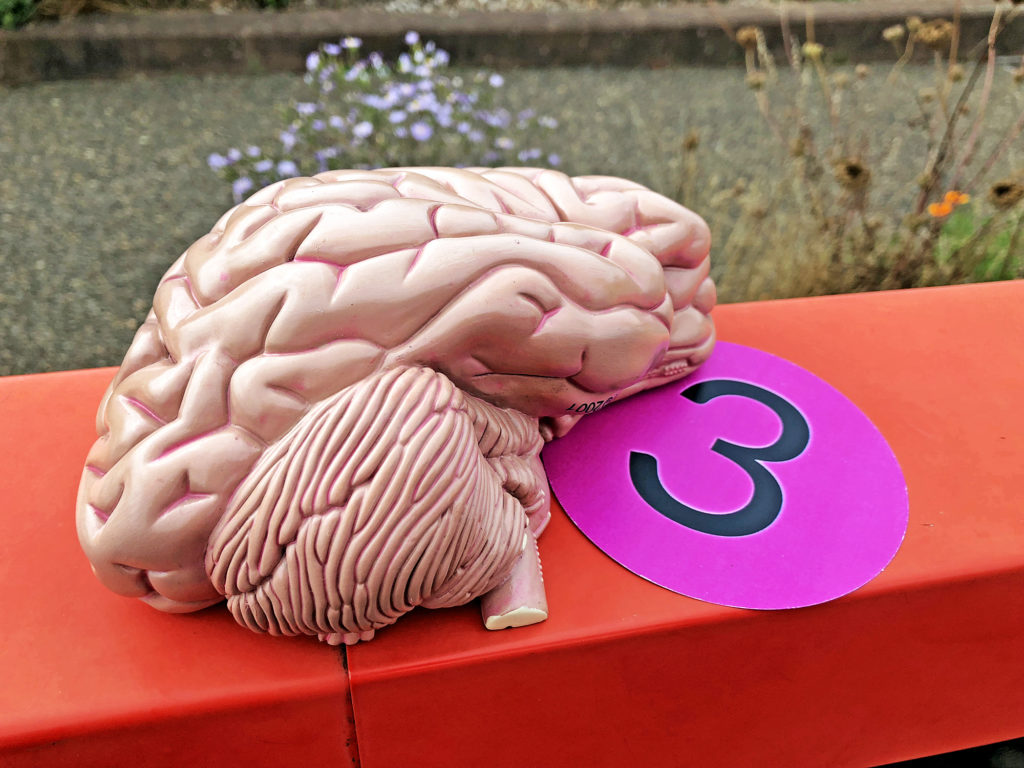
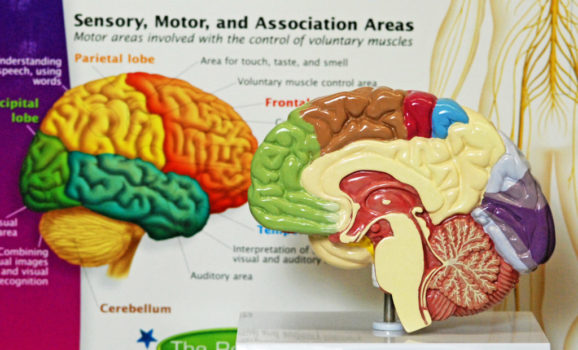
When you ask someone what is special structurally about humans compared to other animals, the answer is often “our brains.” We share similar brain structures to other species alive on Earth today, particularly other primates, but there are characteristics that are well-developed in the human brain.
For example, you can recognize that the brain in the photo is not a real brain, but a model of a brain. You can recognize that an object is not the “real thing” and realize it is a representation of reality. This is just one of several abilities made possible by the structure of our brains.
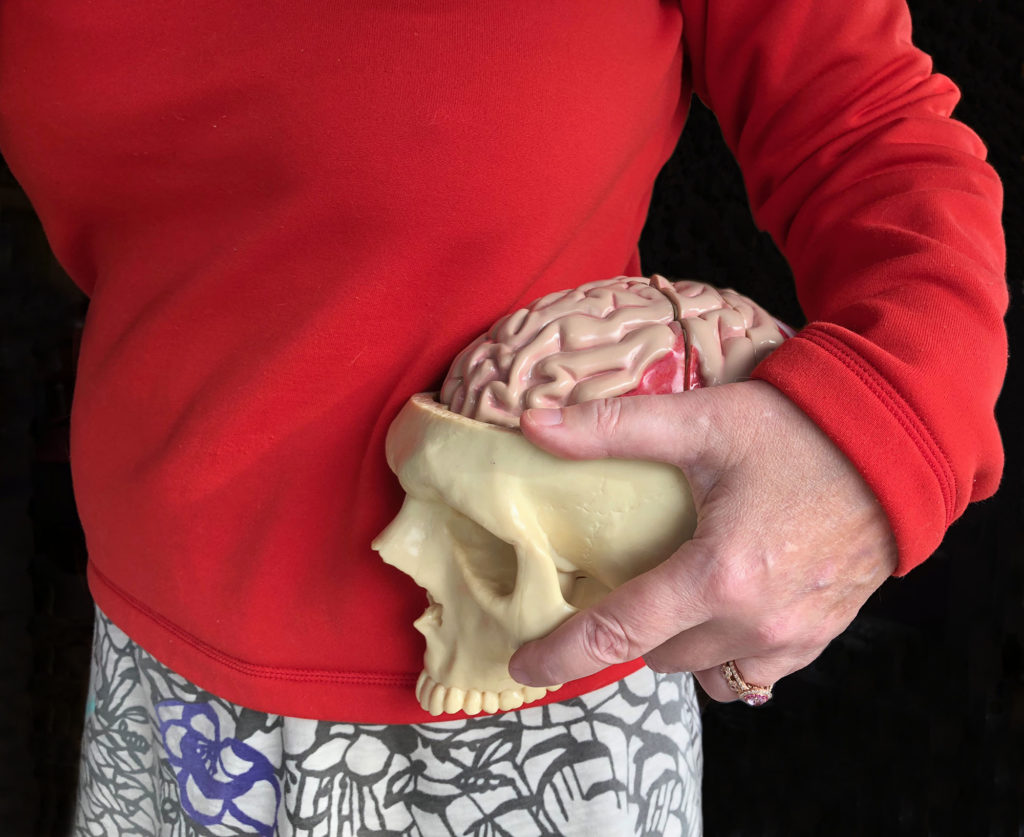
Watch this video; you can select the closed captioning “cc” option if you would like to see the text.
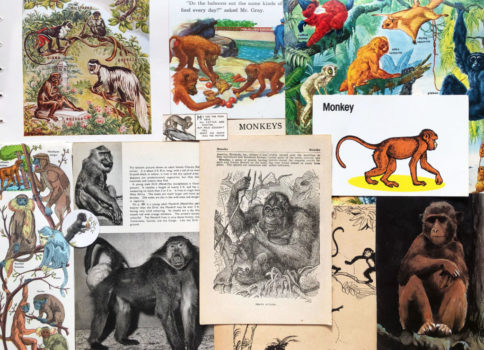
Humans are primates, along with monkeys and apes. Primates are a taxonomic group with a common ancestor that lived in the trees of tropical rainforests, and share characteristics of large brains, good color vision, and dexterous hands for climbing and food acquisition.
Primates can have difficulty adapting to captivity, in part due to lack of mental stimulation that would be present in rich tropical rainforest environments.
The apes, including chimpanzees often engage in repetitive behaviors in captivity.
When possible, primates are now kept in social groups to increase mental stimulation and reduce destructive behaviors.
A small cerebral cortex does not indicate an inability to process information. The structure of the brain and relationship of brain size to the overall size of the animal are also significant.
Crows have a significantly smaller cerebral cortex than humans, but have elaborate behaviors. For example, populations of American Crows drop large nuts on roads, so cars will run over the nuts breaking them open. Some crows also walk in crosswalks with pedestrians to retrieve the open pieces.
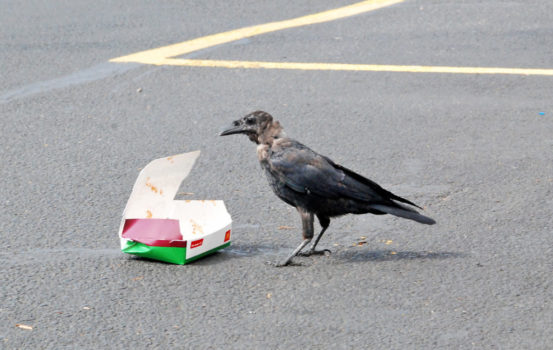
Crow species (Family Corvidae) can adapt to a variety of environments, aided by the flexibility of an omnivorous diet.
Crows are frequently mentioned in literature and represented in sculptures; their behaviors suggest high cognition, an awareness of their surroundings.
Crows clearly appear to have some understanding of the world around them. In the next section we’ll take a closer look at animal cognition and intelligence.











